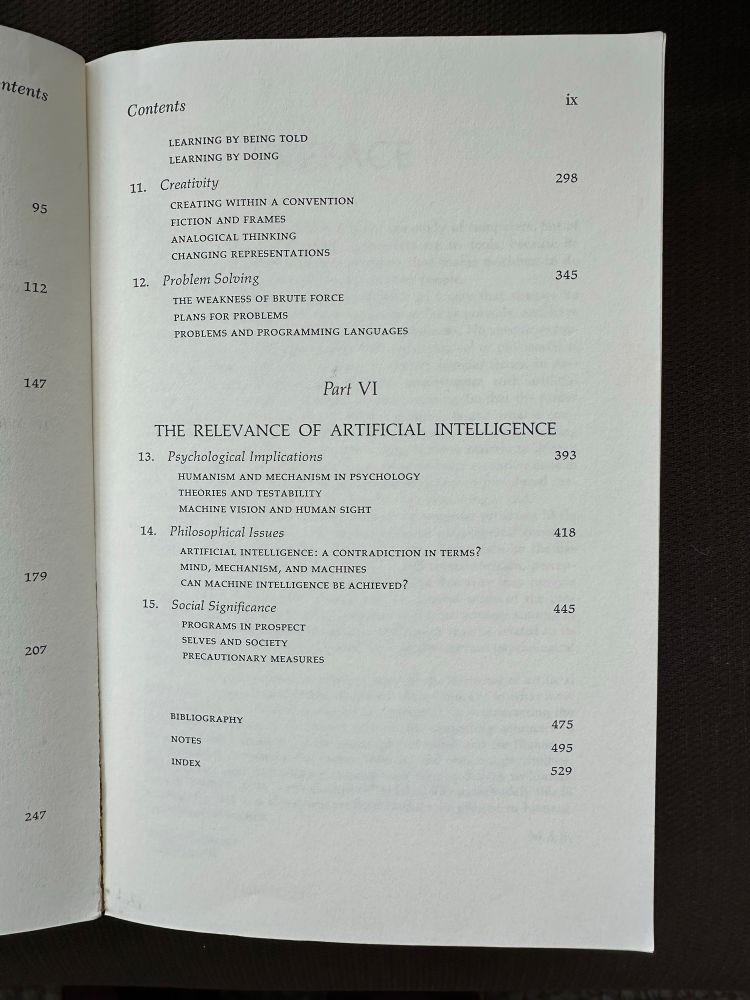OG Web, Python, Corpus Linguistics, DataViz, Philology, Ancient Greek, Music Theory, Tolkien, Space, Health, Retro Computing
Perseus, Greek Learner Texts, @digitaltolkien.com







This article itself makes it clear that the water pollution linked to cancer and miscarriages is coming entirely from nitrate pollution from farms.
This article itself makes it clear that the water pollution linked to cancer and miscarriages is coming entirely from nitrate pollution from farms.
The Routledge Companion to Digital Humanities, ed. Constance Crompton, @raysiemens.bsky.social , Richard J. Lane, and myself
And better yet? It's #openaccess!
www.taylorfrancis.com/books/oa-edi...
Order hard copies here: www.routledge.com/The-Companio...
Thanks to all contributors! 🎉

The Routledge Companion to Digital Humanities, ed. Constance Crompton, @raysiemens.bsky.social , Richard J. Lane, and myself
And better yet? It's #openaccess!
www.taylorfrancis.com/books/oa-edi...
Order hard copies here: www.routledge.com/The-Companio...
Thanks to all contributors! 🎉
We are excited to publish the first issue of the DHSS Newsletter tomorrow.
If you would like to receive it, you can subscribe here:
www.dhss.phil.fau.eu/dhss-newslet...
Thank you for your interest in our work at the Department of Digital Humanities and Social Studies at FAU.

We are excited to publish the first issue of the DHSS Newsletter tomorrow.
If you would like to receive it, you can subscribe here:
www.dhss.phil.fau.eu/dhss-newslet...
Thank you for your interest in our work at the Department of Digital Humanities and Social Studies at FAU.
97 papers, ~1600 pages of computational humanities 🔥 Now published via the new Anthology of Computers and the Humanities, with DOIs for every paper.
🔗 anthology.ach.org/volumes/vol0...
And don’t forget: registration closes tomorrow (20 Nov)!

97 papers, ~1600 pages of computational humanities 🔥 Now published via the new Anthology of Computers and the Humanities, with DOIs for every paper.
🔗 anthology.ach.org/volumes/vol0...
And don’t forget: registration closes tomorrow (20 Nov)!




